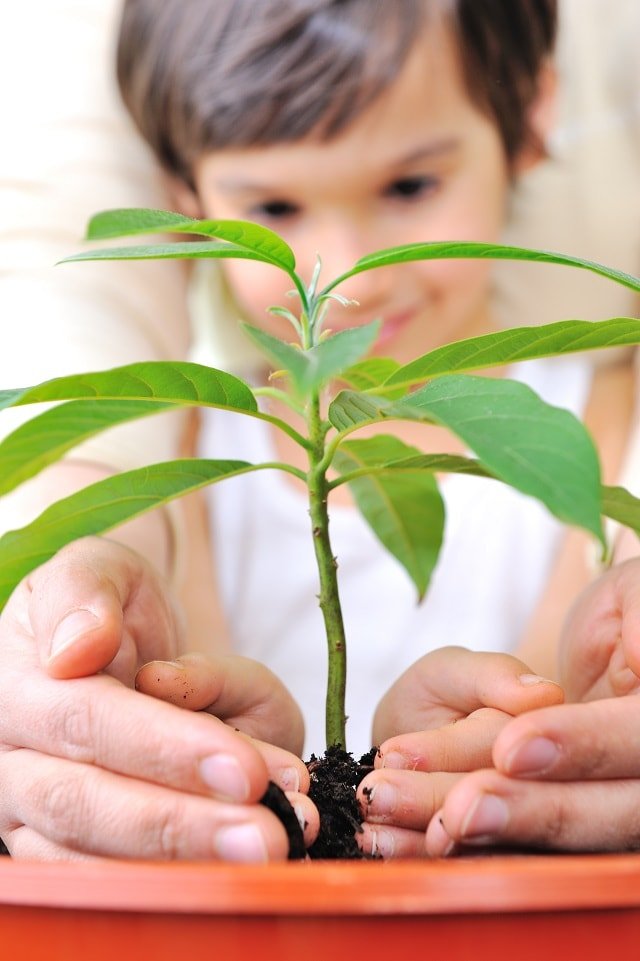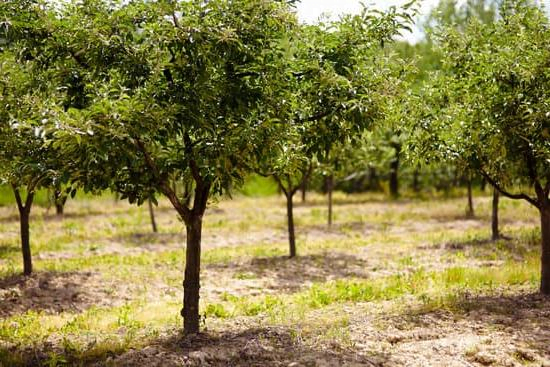
Gardening 101
Gardening is the art of growing and cultivating small plants in gardens. In formal gardens, mostly decorative plants are grown for their foliage, flowers, leaves, or overall look; useful, ornamental, and shade-loving plants, like evergreens are usually chosen for the purpose of food. Gardening provides an important source of nourishment for the earth’s inhabitants. Gardening also increases the visual appeal of the home landscape. Gardening can be done on a small scale on a window sill, garden path, walkway, driveway, or on a large plot of land.
Every garden should be given its own personal needs to grow plants that are suited to the climate and soil conditions. In formal gardens, a gardener is encouraged to plant as many species of edible vegetables as possible, since plants with varied, edible uses provide many benefits for the body and mind. For instance, in spring and summer, fresh, nutritious salads are created by a gardener who plants many different types of greens, including carrots, zucchini, and other vegetables. These plants need the most attention during those periods. In addition to this, many vegetables are eaten raw or cooked for their high nutritional content. Gardening also provides a great deal of exercise and mental stimulation.
The types of plants that are grown in the garden’s use some of the best resources of nutrients in the soil. Fertilizers, nutrients, water, and heat are all essential components of the soil and plant life.
Plants are planted in the garden according to their soil requirements. The purpose of the plants is also important in the process of planting them. If the garden is used for food, then plant varieties that will have the greatest nutritional value are selected. Some foods require a specific type of soil, whereas others may require a mixture of both.
For a garden to function, there are various plants that need to be planted in different areas. The amount of light and water that is provided to the plants is also dependent on how much room is available. Some plants may need more sunlight, while others may need less. The height of the plants also determines how much care they need.
A gardener must be careful about selecting plants. Some plants require different amounts of light and water, while others may need a mixture of both.
Before planting the plants, a soil type is tested so that the proper amount of nutrients are available. in the soil. This is to help ensure that the plants will have good growth and healthy roots.
A gardener who wants to start a garden should research the best places to plant the plants. Some plants need different amounts of sun, water, and nutrients. Others require different types of soil. This is because all plants grow differently in different parts of the world.
For example, an herb that requires sunlight will thrive in the shade and will need to be watered more often if it gets too dry. It is also advisable to plant plants close to each other rather than place them far apart.
The type of water used should also be researched. Some plants need more water and some need less. This is because certain plants require more nutrients while others need less.
After all of the plants have been planted, the soil needs to be left to dry before it is filled back with water. Once this is done, the garden is ready to use. When the garden looks ready, it may be tilled and prepared for the plants that will be added later on.
Gardening may take some time, but the rewards are great. It offers a number of benefits that can be enjoyed by the gardener.

Welcome to my blog about home and family. This blog is a place where I will share my thoughts, ideas, and experiences related to these important topics. I am a stay-at-home mom with two young children. I hope you enjoy reading it! and may find some helpful tips and ideas that will make your home and family life even better!





